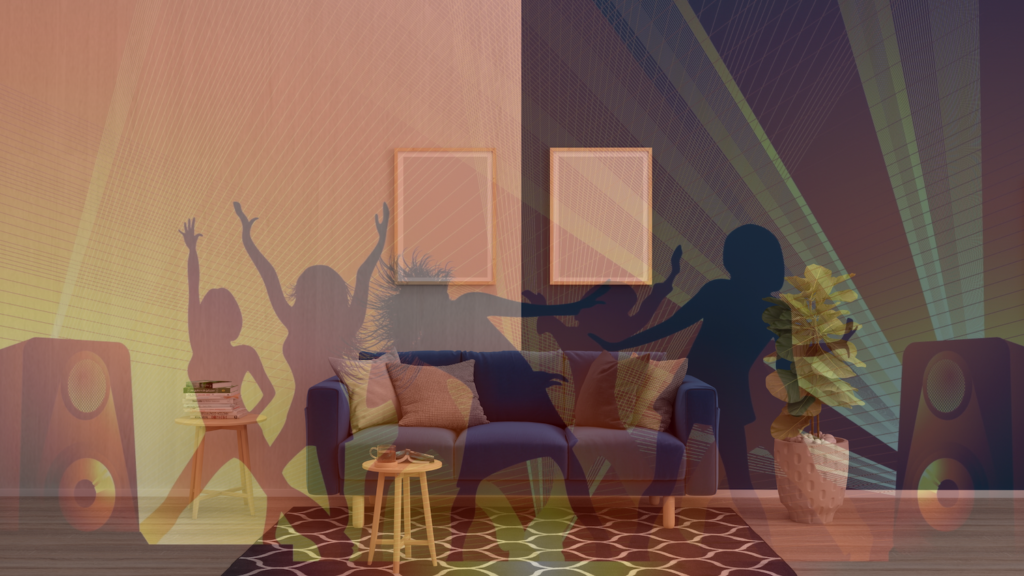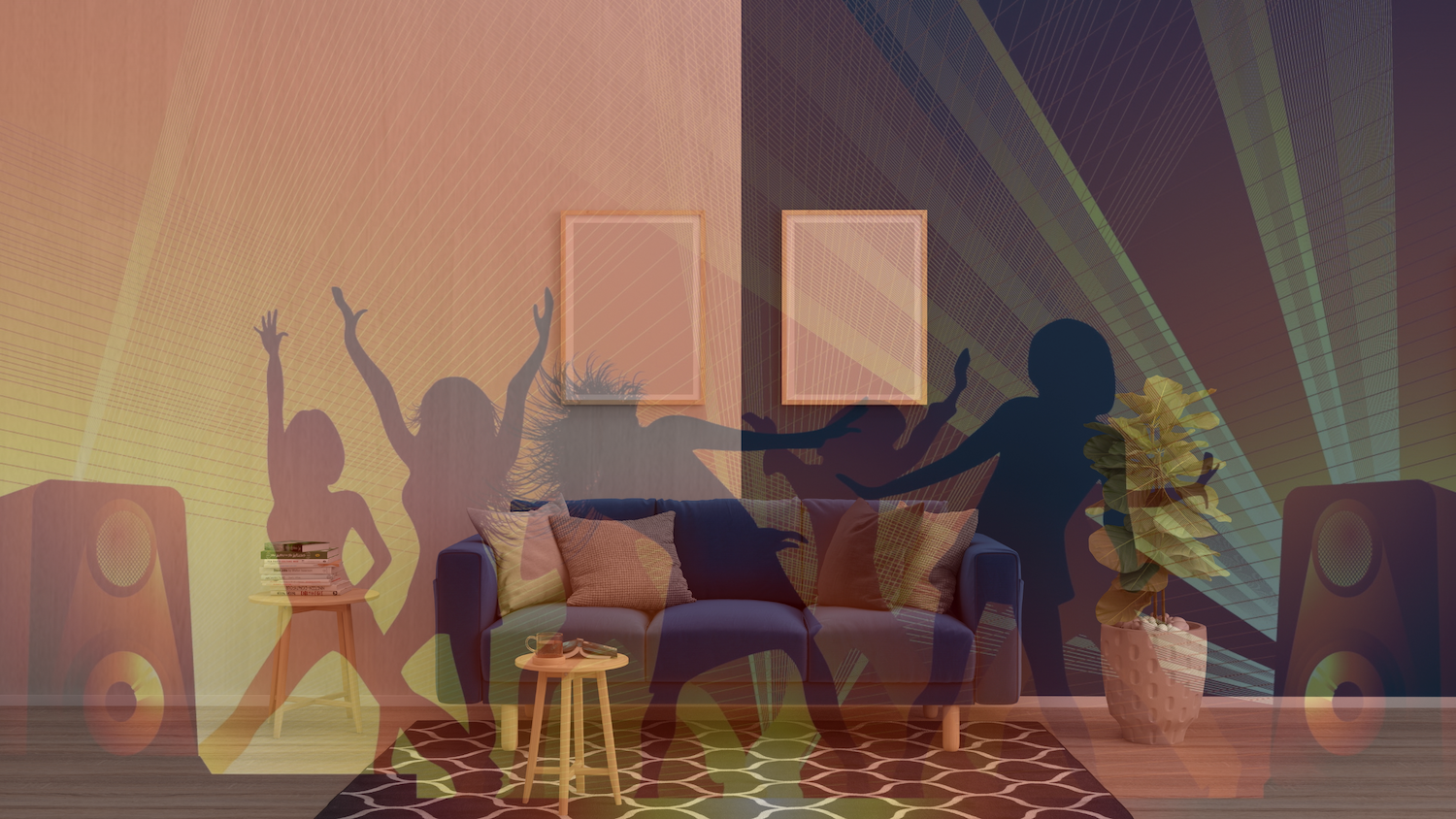
Retail environments are becoming increasingly engaged as retailers recognize the importance of creating a one-of-a-kind, memorable customer experience. With the rise of e-commerce, retailers must find new ways to attract customers to physical stores and give more meaning to their visit; one way to do this is by creating a more engaging and immersive experience.
Many retailers now integrate items such as interactive displays, personalized experiences, community spaces and multi-sensory experiences to create a more attractive retail environment. For instance, some stores now offer augmented reality displays that allow customers to try clothes virtually, while others offer custom product recommendations based on customer data. Retailers also recognize the importance of building a cohesive brand identity and narrative message that customers can understand and feel a sense of belonging to. This can include the creation of a distinctive store design, the use of unique materials and textures, and the integration of story-telling elements throughout the store.
How physical retail environments are changing.
Physical distribution environments are no longer regarded as mere sources of supply. As customers can access the product from the comfort of their home, they view retail formats differently. Their visit to the store should present them with opportunities not found online, or that go beyond the traditional features of the store. Given that retail environments are more turbulent than ever, retailers are looking at every possibility to optimize the brand and customer experience by leveraging the physical retail experience.
Retail design, physically, can directly impact customer emotions and behaviors. For example, it can impact a brand’s ability to attract and retain customers, increase sales, and establish a strong brand identity; it is essential to building a cohesive retail environment. A well-designed retail environment should be visually appealing, functional, and consistent with a business’s brand identity and overall goals. Brands and retailers consider many elements when designing a retail space to create an effective shopping experience for customers: The space, the space’s design details and a customer’s potential interaction within that space.
Each detail of a physical retail environment is carefully chosen in terms of brand identity and potentially influencing the emotions of the customer. For example, clear and concise signage is critical to help clients navigate a retail space. Brands consider the placement of signs, the size of the font, and the use of graphics to communicate information effectively. Lighting, for example, can have a significant impact on the look and feel of a retail environment. The use of natural light, or artificial lighting to highlight key product displays, can create a welcoming atmosphere. The use of advanced digital signage tools, such as interactive touchscreen software, for your public displays can enhance the retail experience. Finally, the choice of color is crucial in retail design; On one hand, it should align with the brand identity, and on the other hand, create a cohesive look throughout the space.
If retailers focus on delivering an offer to the retail community, their visual merchandising strategy should be carefully examined. The way products are displayed can have a significant impact on the product’s positioning, the customer’s perception of it, and on its sales. Brands and retailers need to consider the placement of products, the use of accessories, and the overall visual aesthetics of product displays. Visual merchandising should go hand in hand with space layout, if brands want to help customers live a shopping experience effectively. The flow of customers’ needs to be considered, the placement of product displays and how customers will move around the space. Customers should feel comfortable and at ease in a retail environment.

The role of retail environments in an experience economy.
The Retail Experiential Design and Traditional Retail Design differ in their approach to building a retail space and in the overall customer experience they provide. Traditional retail design focuses mainly on the physical fit-up and organization of the store to maximize sales and profits. The aim of traditional retail design is to make it easy for customers to find and buy products, and it usually relies on proven merchandising techniques to stimulate sales. On the other hand, experiential retail design puts a greater emphasis on creating an immersive and engaging customer experience. The goal of experiential retail design is to make the shopping experience more enjoyable, memorable, and shareable, retain the brand and create a positive word of mouth.
In an experiential economy, retail environments have become places where consumers look for unique and memorable experiences, not just products. Compared to traditional retail environments, space becomes “alive” and gives customers the opportunity to interact actively with the brand, and on all levels. Various aspects of retail environments can be invested in creating a positive experience. First, brands could develop immersive environments. Then, they can add on interactive displays and put forward a personalized experience. Brands can also promote community retail spaces and, finally, provide multisensory experiences.
- Immersive Environments: Creating immersive environments can help transport customers to another world and provide a unique and memorable experience. Retail spaces can use design elements such as lighting, sound, and visual displays to create a cohesive theme that resonates with customers.
- Interactive Displays: Interactive displays can engage customers and create a sense of playfulness and exploration. By allowing customers to interact with products in a more hands-on way, they are more likely to have a positive experience and feel connected to the brand.
- Personalization: Personalization can create a more personalized and customized experience for customers. For example, stores can offer personalized products or use customer data to tailor product recommendations and experiences to individual customers.
- Community Spaces: Retail spaces can also serve as community spaces, providing a place for customers to connect and socialize. This can be especially important in the experience economy, where consumers are looking for social experiences and connections.
- Multi-Sensory Experiences: Multi-sensory experiences can help create a more engaging and memorable experience for customers. By engaging multiple senses, such as sight, sound, touch, and smell, customers are more likely to remember their experience and feel connected to the brand.
| The main differences between experiential retail design and traditional retail design | ||
| Traditional | Experiential | |
| Purpose | Traditional retail design is primarily focused on driving sales and profits | Experiential retail design is focused on creating a positive and memorable experience for customers |
| Layout | Traditional retail design tends to focus on maximizing the use of space and making it easy for customers to find and purchase products. | Experiential retail design may prioritize creating an immersive and interactive environment that encourages customers to explore and engage with the brand. |
| Merchandising | Traditional retail design may rely on standard merchandising techniques, such as organizing products by category or using displays to highlight certain items. | Experiential retail design may use more creative and unconventional merchandising techniques, such as interactive displays or product demonstrations. |
| Technology | traditional retail design may be more focused on providing a straightforward shopping experience. | Experiential retail design may incorporate technology, such as augmented reality or interactive displays, to create a more engaging and immersive experience for customers. |
In conclusion, experiential retail design is focused on creating an engaging and memorable experience for clients, while traditional retail design is primarily focused on maximizing sales and profits. While there may be some overlap between the two approaches, the main difference lies in their overall objectives, priorities, and the extent to which they take a client-centered approach.
The importance of designing retail experiences.
Designing a retail experience means creating a global and immersive customer experience that goes beyond the display of products on shelves. In an omnichannel context, designing retail experiences engage customers across all brand touchpoints, give customers more possibility to interact and engage with the brand, and contribute to making the customer a vital member of the brand’s value creating process. Brands should have a clear definition of their identity, fore and foremost; all brand evidence should be reflected in every aspect of the retail experience, from the store design to the product selection to the customer service.
The first step in designing a retail experience is to understand the targeted audience. What are their needs, wants, and preferences? What are their expectations from the brand? What motivates them to shop? By taking time to learn about the target audience, brands can create an experience that resonates with them on a deeper level.
The store design should be cohesive and reflect the brand identity. The brands consider all atmospheric factors such as lighting, color, texture, and layout to create a store design that is visually appealing and engaging. Moreover, it ensures design coherence between all physical and digital touchpoints. With today’s retail, the integration of digital displays and tools has become an integral atmospheric factor. Interactive displays can engage customers and create a sense of playfulness and exploration. By allowing customers to interact with products in a more hands-on way, they are more likely to have a positive experience and feel connected to the brand. Moreover, brand can give their customers more possibilities to express themselves through digital and social channels. The stores become a medium and a communications vessel, bridging physical and digital spheres.
What lessons de retailers learn?
It has been proven that an effective retail design can help increase sales by highlighting key products, creating visual interest, and encouraging customers to make purchases. It has also been demonstrated that a well-designed retail space can help establish a strong brand identity by showcasing a business’s unique personality and values. However, the true value of experiential retail design lies in its ability to create memorable customer experiences. Retail design plays a crucial role in creating a positive and memorable customer experience. By creating an environment that is visually appealing, welcoming, and easy to navigate, customers are more likely to enjoy their shopping experience, stay longer, and return in the future. And when putting the human factor forward, the retail space’s function will be delivering meaning and positive feeling to customers.






